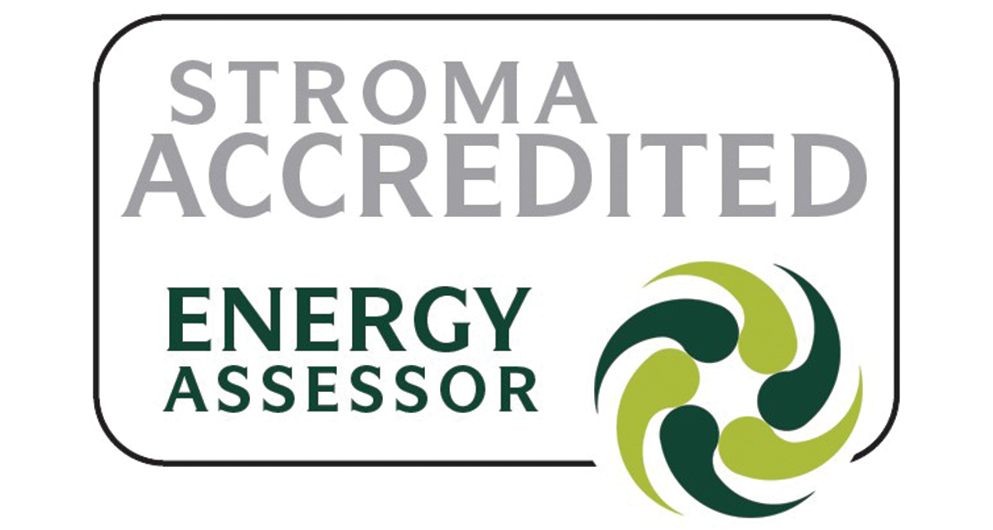





Energy efficiency is a key concern for businesses aiming to reduce operational costs and carbon footprints. Commercial properties, in particular, can significantly benefit from upgrading their Energy Performance Certificates (EPCs) to improve energy efficiency and lower utility expenses.
In this blog, we will delve into the financial implications of Commercial EPC upgrades by conducting a thorough analysis of Return on Investment (ROI) and Payback Period. Understanding these metrics will help businesses make informed decisions when considering energy-efficient upgrades for their commercial properties.
An Energy Performance Certificate (EPC) is a document that assesses the energy efficiency of a building and provides recommendations for improvements. It assigns a rating from A to G, where A represents the most energy-efficient buildings, and G indicates the least efficient ones. EPCs are legally required for all commercial properties, and their importance has grown due to the increasing focus on sustainable practices and regulatory requirements aimed at reducing greenhouse gas emissions.
Upgrading the EPC rating of a commercial property offers several benefits beyond environmental considerations. Improved energy efficiency can lead to substantial financial savings through reduced energy consumption and lower utility bills. Additionally, a higher EPC rating can enhance a building's marketability, potentially increasing its value and rental or leasing prospects.
Before investing in EPC upgrades, it's essential to calculate the potential Return on Investment (ROI). The ROI analysis involves comparing the cost of the upgrades with the expected savings in energy costs over time.
The payback period is a critical factor when evaluating the financial viability of EPC upgrades. A shorter payback period means a faster return on investment and increased cash flow after the investment is recovered.
Suppose the cost of EPC upgrades for a commercial property is $50,000, and the estimated annual energy savings resulting from the upgrades amount to $10,000. The payback period can be calculated as follows:
In this example, the payback period is 5 years, indicating that the initial investment will be recouped in 5 years through energy savings.
Many governments and municipalities offer incentives and grants to encourage businesses to invest in energy-efficient upgrades. These incentives can significantly reduce the initial investment and shorten the payback period. Additionally, businesses can explore various financing options, such as low-interest loans or energy service agreements, to fund the upgrades without straining their cash flow.
Beyond the payback period, commercial EPC upgrades continue to deliver long-term savings and environmental benefits. Lower energy consumption leads to reduced utility expenses, contributing to increased profitability over the building's lifetime. Furthermore, the reduction in greenhouse gas emissions helps businesses meet sustainability goals and support environmental stewardship.
Investing in commercial EPC upgrades offers substantial financial advantages through reduced energy consumption and lower utility expenses. Calculating the ROI and payback period allows businesses to make informed decisions when considering energy-efficient upgrades for their properties.
By taking advantage of available incentives and financing options, companies can expedite the payback period and enjoy long-term savings and environmental benefits. Embracing energy efficiency not only makes financial sense but also demonstrates a commitment to sustainable practices, positioning businesses as responsible corporate citizens in an increasingly environmentally conscious world.





